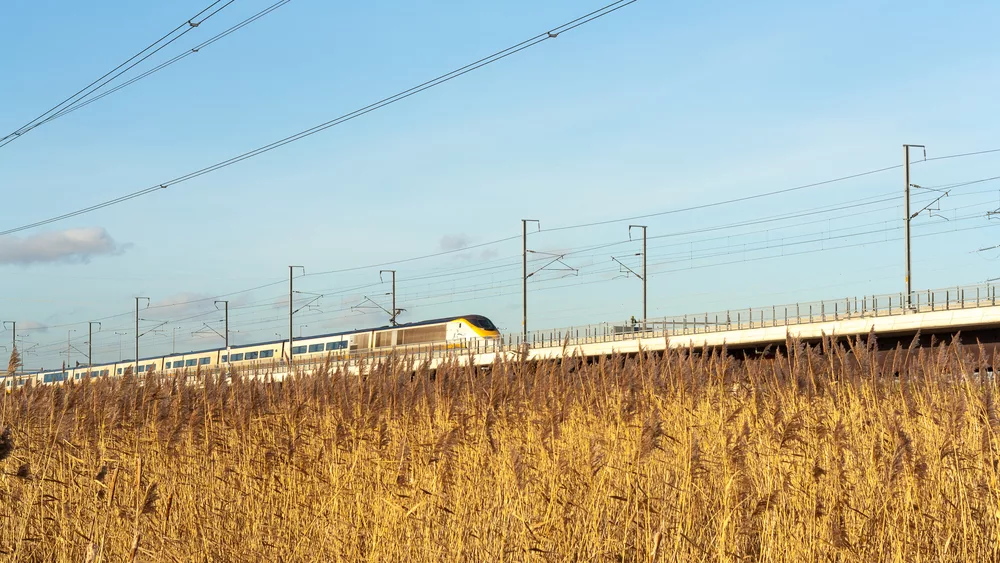Rolls-Royce Names Partners for UK SMR

Rolls-Royce has named the companies it is working with to bring a small modular reactor (SMR) to market in the UK. Amec Foster Wheeler, Nuvia and Arup, together with the Nuclear Advanced Manufacturing Research Centre, are working with Rolls-Royce to develop the latest technology reactors, a spokesman for the British engineering firm told World Nuclear News today. “Other names will emerge in due course,” he added. In October last year, Rolls-Royce said a UK SMR could provide a £100 billion ($127 billion) boost to the UK economy between 2030 and 2050 because the companies involved are either UK-owned or have a strong UK presence. The latest announcement comes as British ministers are looking to support the development of SMRs and civil nuclear innovation, with up to £250 million in funding, and also to publish a green paper on Industrial Strategy later this month. The spokesman said Rolls-Royce is teaming up with a “raft of British engineering giants” in a bid to make SMRs a reality in the UK, creating up to 40,000 high-value British jobs and intellectual property, and opening up a £400 billion export market. “We are working with some of Britain’s most experienced civil engineering companies and nuclear research organisations to realise the huge potential of small modular reactors for the wider UK economy. We share a common belief that a home-grown SMR program can play a key role in strengthening the UK’s energy mix and security, while creating valuable intellectual property, exports and jobs. We are working together to deliver a whole power plant which could be up and running in just over a decade and provide a boost for the UK’s industrial strategy.” The companies are looking to create a partnership which will build entire running power plants “capable of powering a city the size of Leeds” – which has a population of about 750,000 people. Once the initial design is licensed, parts can be made on a factory production line relatively cheaply, the spokesman said. Interested in this article? Read more at World Nuclear News.
HS2 Lauches Design Contests to Find Architects for Four New Stations

It has been announced that High Speed 2 (HS2) is to run a series of competitions to find contractors for its new, landmark stations on the £43bn rail route. In an interesting take on usual procurement procedure, HS2 has asked for design proposals covering the planning stations at Birmingham Interchange, Curzon Street, Euston, Old Oak Common. Four leading architecture firms have already submitted first-phase plans for the stations which are due to be completed in 2026. Arup, Wilkinson Eyre, Grimshaw, and Weston Williamson have each designed with the contemporary, as well as the functional, in mind and outline plans provide exciting clues as to what the develop has in store. The contests will be the first HS2 commissions to be architect-led rather than motivated by civil or construction specification capabilities. Such an emphasis, in many ways, characterised the ambitions of HS2 in that it will not only be a practical mobility solution but is also expected to put the UK back on map in terms on modern public transportation. The nominated design firmâs plans will then be passed on to to the elected main contractor and partnered planning and civil consultants to full project realisation. It comes as no surprise then that Sadie Morgan, Chair of the HS2 design panel, urged contractors to partner with architect firms when bidding for new work on the project if they wanted a shot at the multibillion pound project. A spokesperson for HS2 maintained that contract agreements remain in the early stages, as yet, it is unknown whether both north and south stations will be arranged in the same way owing to varying requirements and aspirations. Confirmation is expected later this year. During the first phase, HS2 will connect London with Birmingham, readily speeding up journey times between the north and south. In the second phase work, the capital will be joined up to neighbouring cities, Manchester and Leeds. At completion, estimated for 2033, the high-speed rail project is hoped to increase national mobility, providing vital transport links needed by businesses and the modern passenger. Tendering for the phase two development partner and professional consultancy services will remains open until the end of the month. Let bidding commence. Manufacturing & Engineering Magazine | The Home of Manufacturing Industry News



